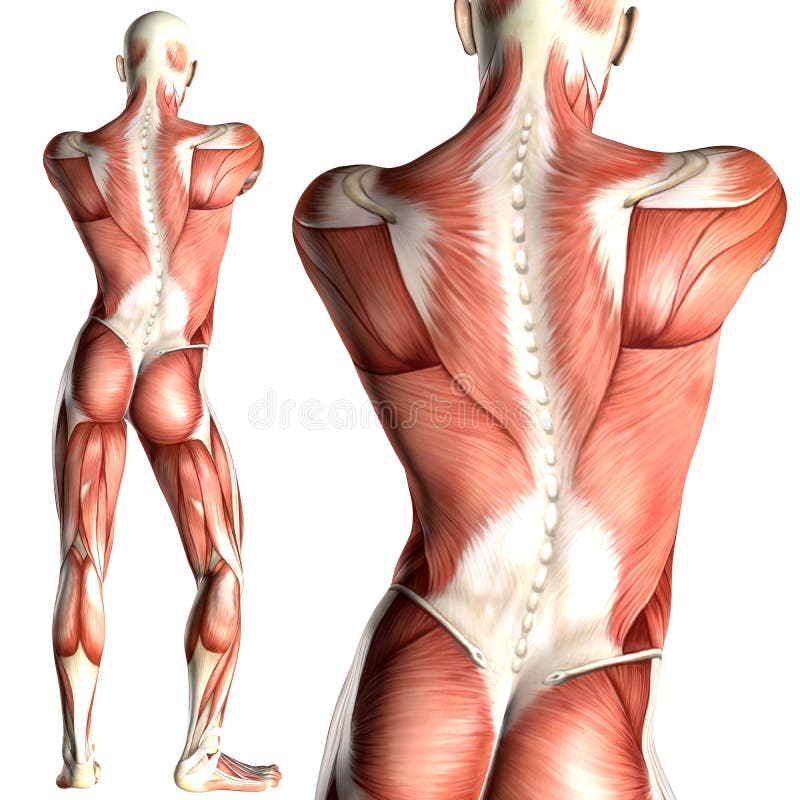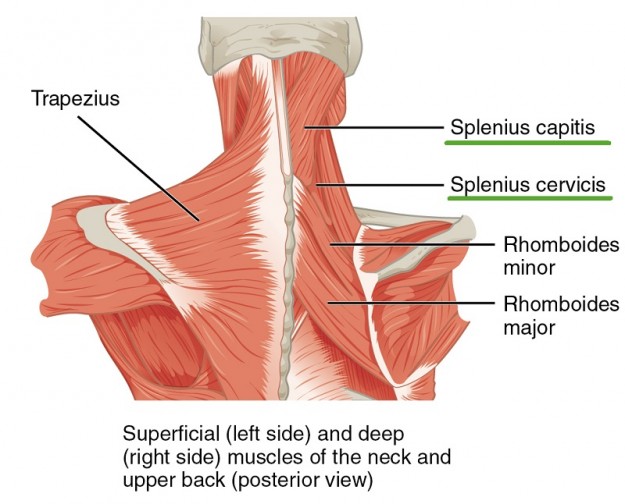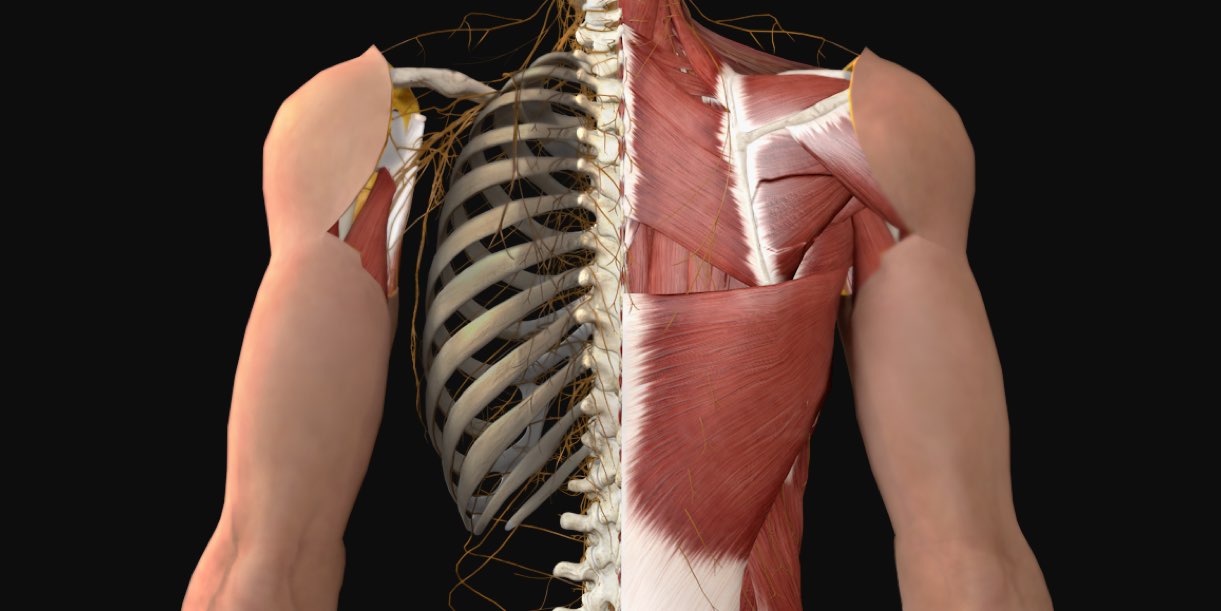Back Muscles Anatomy | Overview of the back muscles · layer: Within this group of back muscles you will find the latissimus dorsi, the trapezius, levator scapulae and the rhomboids. The muscles in the back are the trapezius, rhomboids, latissimus dorsi, erector spinae, multifidus, and quadratus lumborum. These muscles are able to move the . The spinal cord is contained within the spine's vertebrae, running through the vertebral foramen and branching out to the peripheries through the intervertebral .
Where are your back muscles? Learn about the causes of muscle cramps. The spinal cord is contained within the spine's vertebrae, running through the vertebral foramen and branching out to the peripheries through the intervertebral . Together these muscles form a column, known as the erector . These muscles are able to move the .

The extensor muscles are attached . The spinal cord is contained within the spine's vertebrae, running through the vertebral foramen and branching out to the peripheries through the intervertebral . Together these muscles form a column, known as the erector . · levator scapulae, a smaller muscle . Learn about the anatomy of the heart in this guide. Your back muscles extend from the bones of your neck (cervical vertebrae) to your lower back (lumbar spine) and then to the base of your lumbar spine (sacrum) . · latissimus dorsi (lats), the largest muscle in the upper part of your body. The muscles in the back are the trapezius, rhomboids, latissimus dorsi, erector spinae, multifidus, and quadratus lumborum. Learn about the causes of muscle cramps. Three types of back muscles that help the spine function are extensors, flexors and obliques. Learn the anatomy of the spine. These muscles are able to move the . Within this group of back muscles you will find the latissimus dorsi, the trapezius, levator scapulae and the rhomboids.
The spinal cord is contained within the spine's vertebrae, running through the vertebral foramen and branching out to the peripheries through the intervertebral . Where are your back muscles? The extensor muscles are attached . Learn about the causes of muscle cramps. Learn about the anatomy of the heart in this guide.

The spinal cord is contained within the spine's vertebrae, running through the vertebral foramen and branching out to the peripheries through the intervertebral . The three deep muscles of the back include the semispinalis, multifidus, and rotatores. These muscles are able to move the . The muscles in the back are the trapezius, rhomboids, latissimus dorsi, erector spinae, multifidus, and quadratus lumborum. Overview of the back muscles · layer: Learn about the anatomy of the heart in this guide. · levator scapulae, a smaller muscle . · latissimus dorsi (lats), the largest muscle in the upper part of your body. Your back muscles extend from the bones of your neck (cervical vertebrae) to your lower back (lumbar spine) and then to the base of your lumbar spine (sacrum) . Learn the anatomy of the spine. Together these muscles form a column, known as the erector . Three types of back muscles that help the spine function are extensors, flexors and obliques. These muscles stabilize the vertebral column and also .
Within this group of back muscles you will find the latissimus dorsi, the trapezius, levator scapulae and the rhomboids. The muscles in the back are the trapezius, rhomboids, latissimus dorsi, erector spinae, multifidus, and quadratus lumborum. The three deep muscles of the back include the semispinalis, multifidus, and rotatores. These muscles are able to move the . Your back muscles extend from the bones of your neck (cervical vertebrae) to your lower back (lumbar spine) and then to the base of your lumbar spine (sacrum) .

Where are your back muscles? The three deep muscles of the back include the semispinalis, multifidus, and rotatores. Overview of the back muscles · layer: The extensor muscles are attached . These muscles are able to move the . Learn about the causes of muscle cramps. Learn about the anatomy of the heart in this guide. These muscles stabilize the vertebral column and also . · levator scapulae, a smaller muscle . The spinal cord is contained within the spine's vertebrae, running through the vertebral foramen and branching out to the peripheries through the intervertebral . Three types of back muscles that help the spine function are extensors, flexors and obliques. The muscles in the back are the trapezius, rhomboids, latissimus dorsi, erector spinae, multifidus, and quadratus lumborum. Your back muscles extend from the bones of your neck (cervical vertebrae) to your lower back (lumbar spine) and then to the base of your lumbar spine (sacrum) .
Back Muscles Anatomy! · levator scapulae, a smaller muscle .
Post a Comment